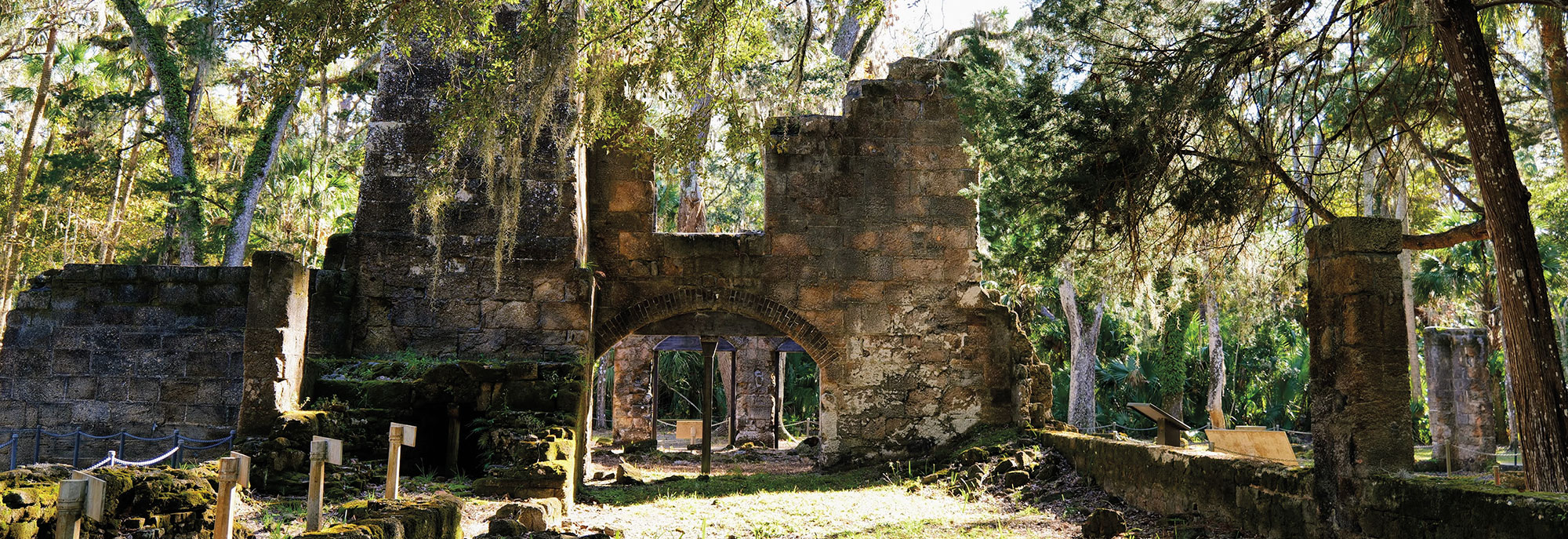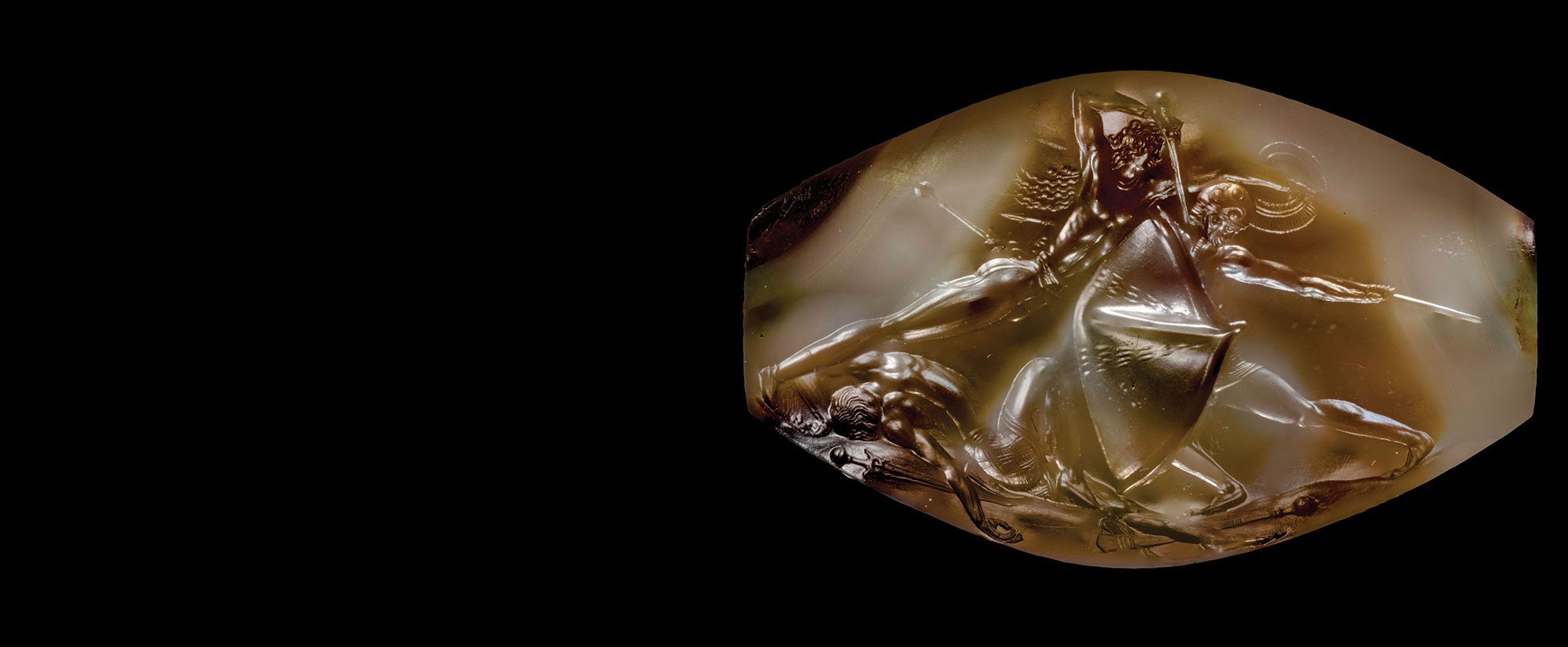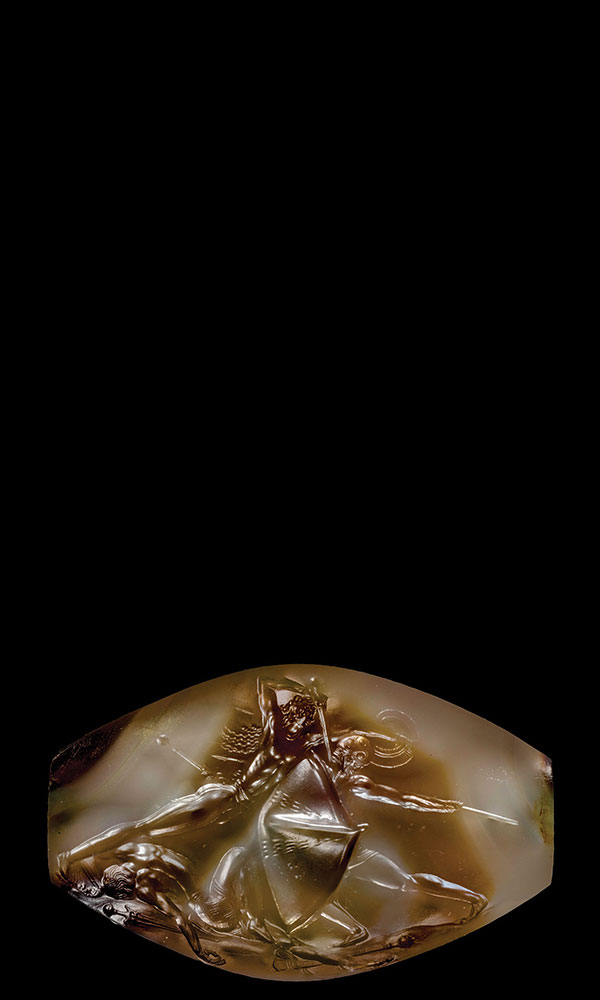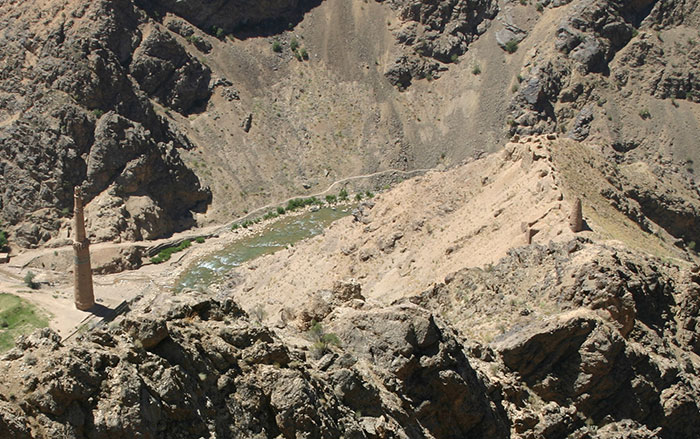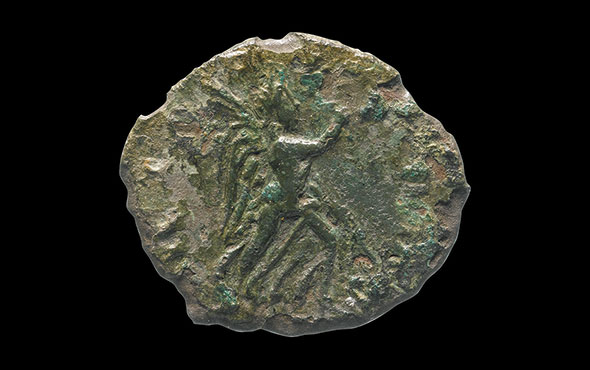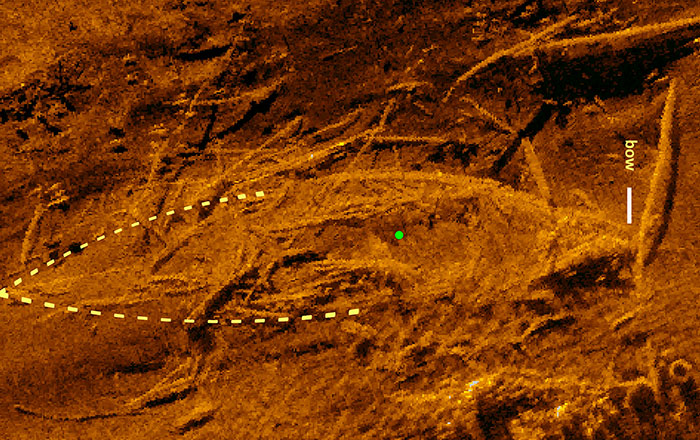
MANCHESTER, ENGLAND—An international team led by scientists at the University of Manchester has analyzed species-specific proteins in collagen obtained from turtle bones uncovered at prehistoric sites in Florida and the Caribbean in order to identify the inhabitants’ preferred food sources. Marine biologist and zooarchaeologist Virginia Harvey said that the technique, known as collagen fingerprinting, is useful for identifying bone fragments that may be too small to identify through physical characteristics. Fragile DNA molecules also provide accurate information about species identity, but they are often poorly preserved in hot, humid climates, added ancient DNA specialist Konstantina Drosou. The study found that some 63 percent of the bones with preserved collagen belonged to green turtles, while hawksbill turtles and ridley turtles were also represented in the sample. A small number of the bones contained an unknown protein from an unidentified species. The researchers also tested specimens of bone from juvenile animals that had been previously identified as sea turtles based upon their skeletal features, and found that some of them were actually snapping turtles, terrapins, and tortoises. This information will help scientists and conservationists track how sea turtle populations changed over time, Harvey explained. To read about how children in the Caribbean helped forage for mollusks around A.D. 400, go to "Putting Dinner on the Table."


